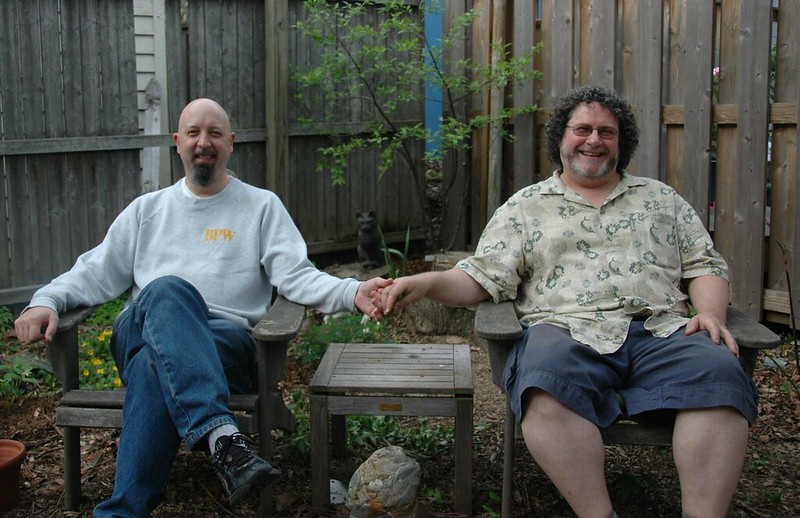Originally built in 1889 for raising tropical water lilies, the Lily Pool was redesigned in the prairie style during the 1930’s by Alfred Caldwell. The landscape design of the Caldwell Lily Pool is a tribute to the natural ecology of the Midwest. It was originally designed to mimic a river formed by a melting glacier’s flow of water cutting through limestone. The stonework and paths have a natural look that conveys the interpretation that melted glacial water flows are cutting through moraines, creating dramatic limestone bluffs. A waterfall near the north end of the lily pool represents the source of this glacial river.After decades of disrepair and neglect, this site was rehabilitated and refurbished in 2001 and 2002 and reopened to the public.
- Lincoln Park Alfred Caldwell Lily Pool
[bit.ly]
Related Content
Flickr photo setChicago Spring Fling 2009

